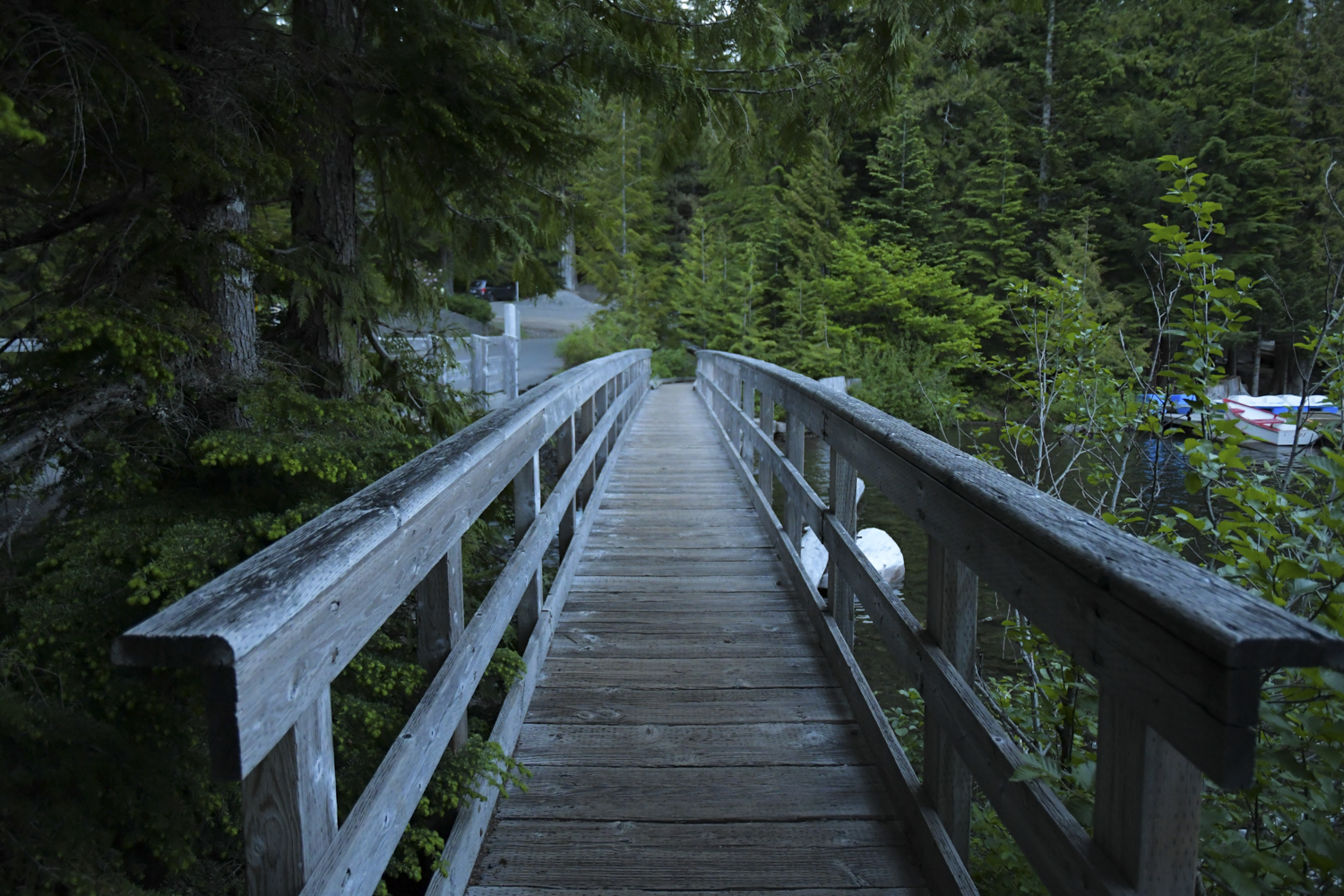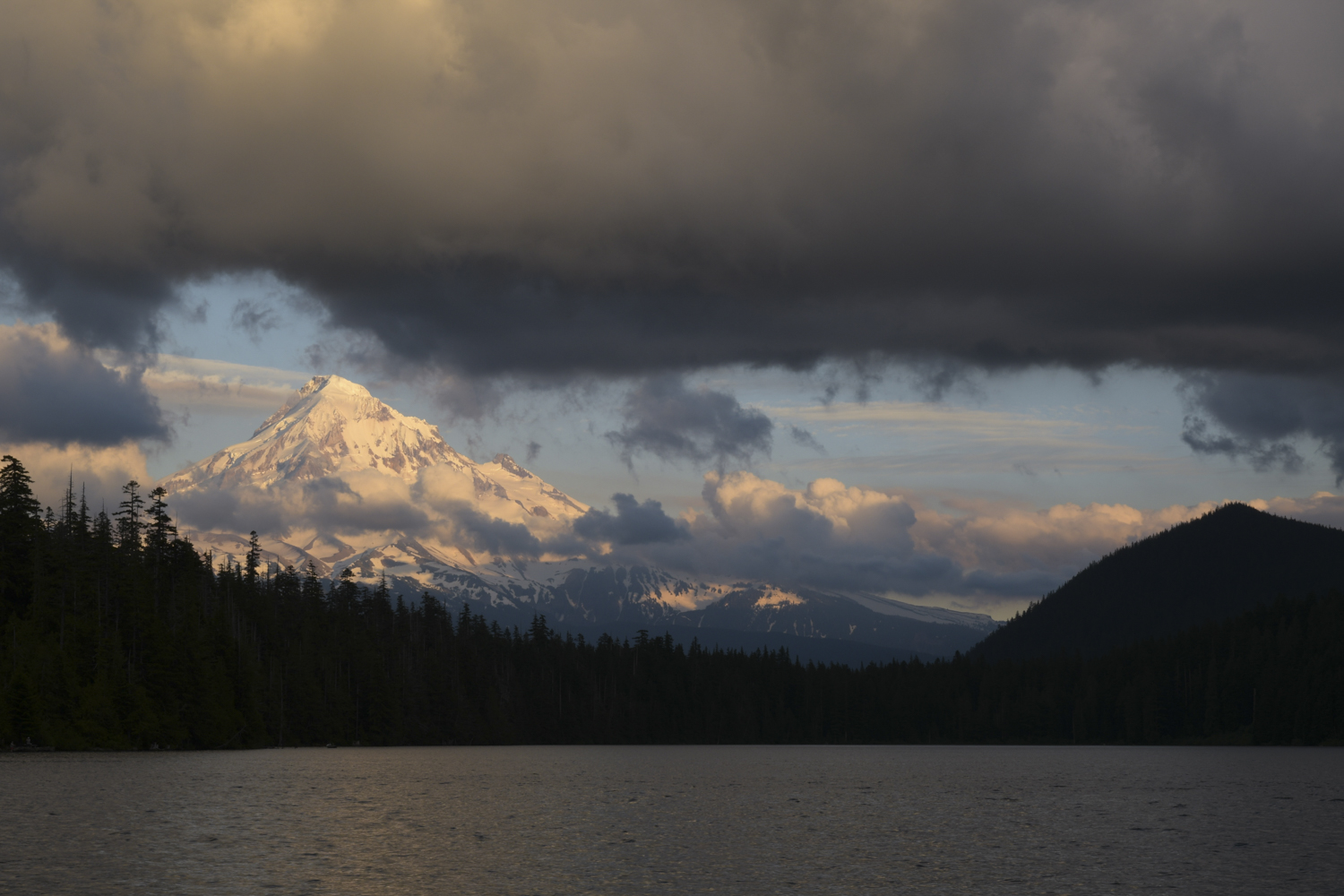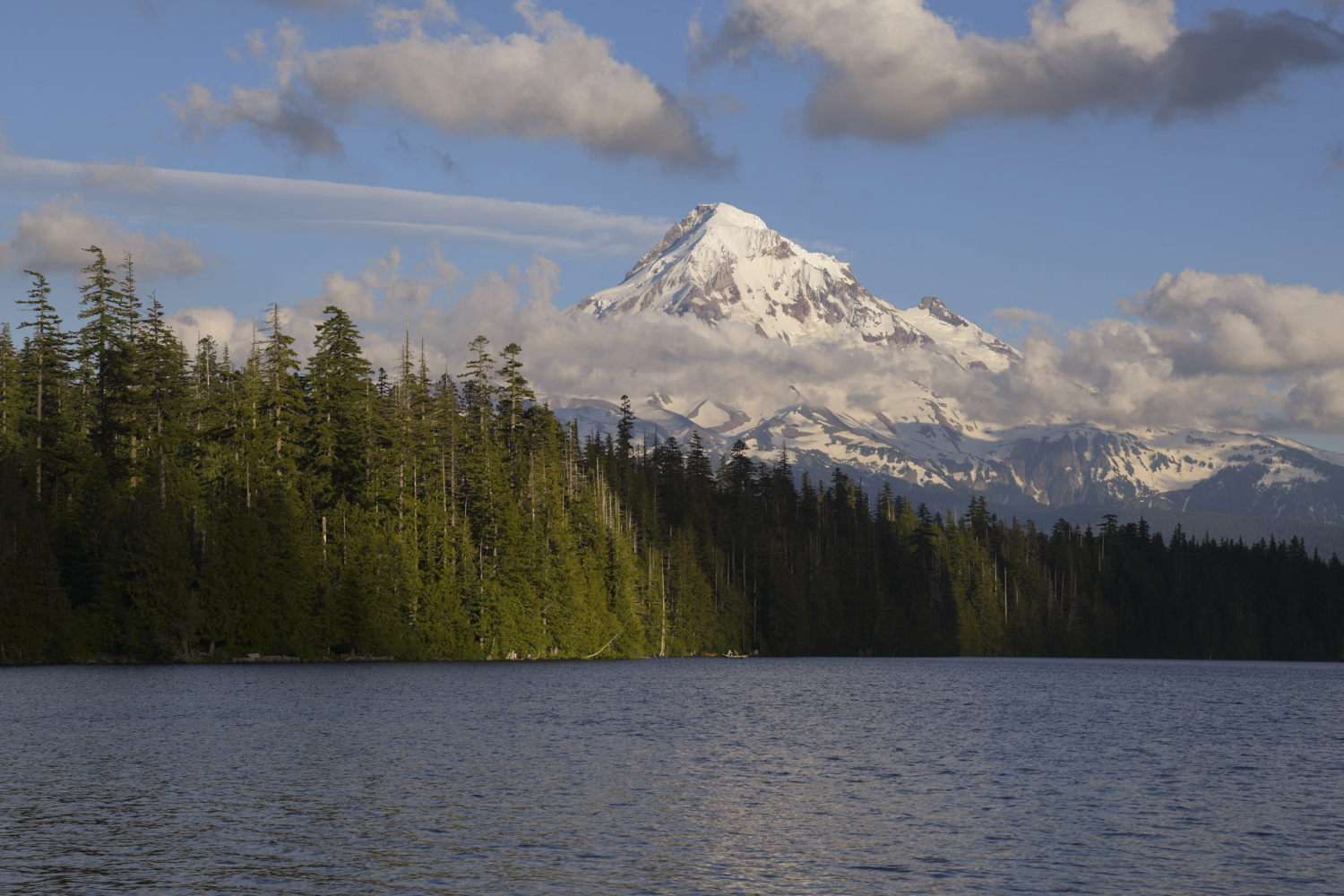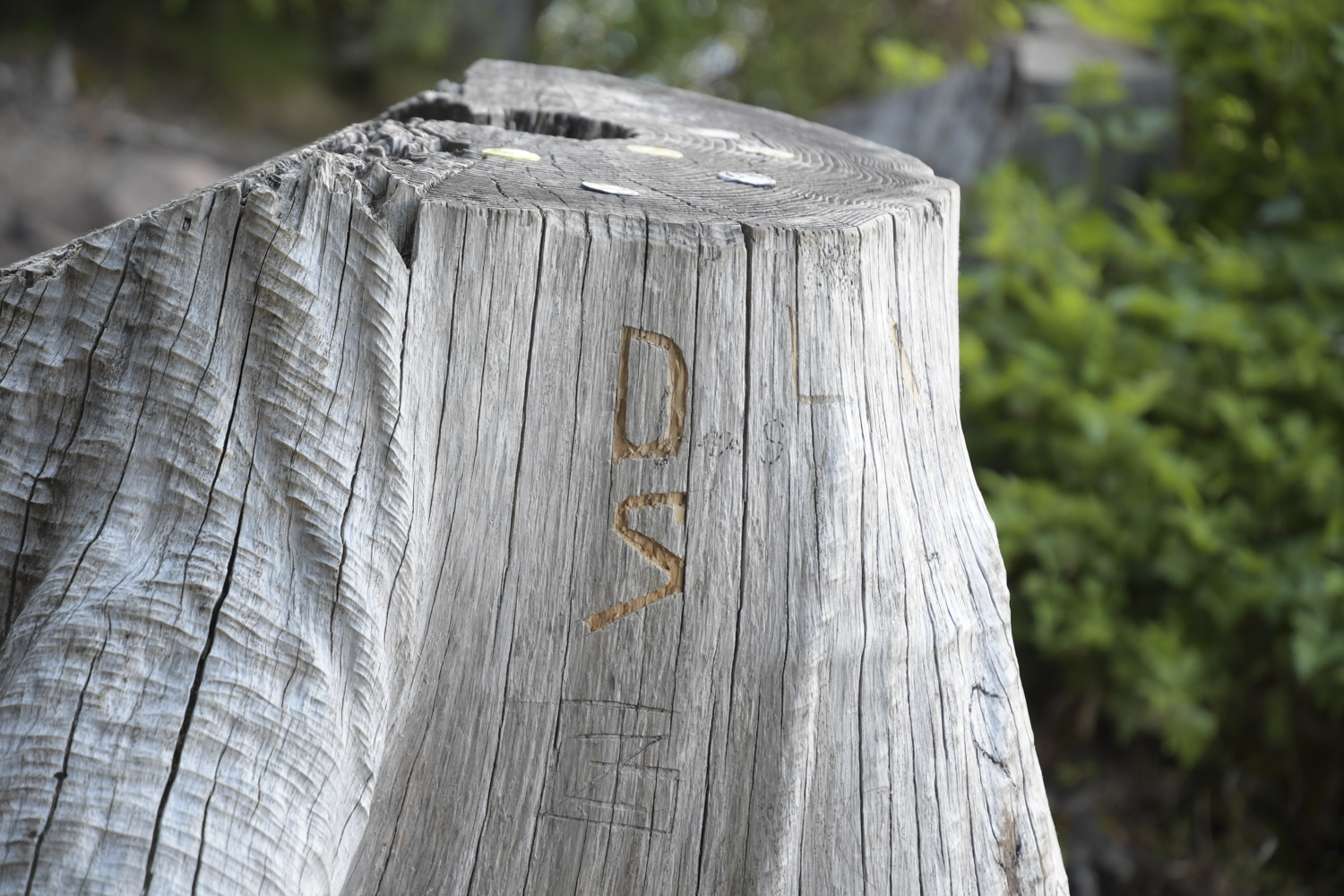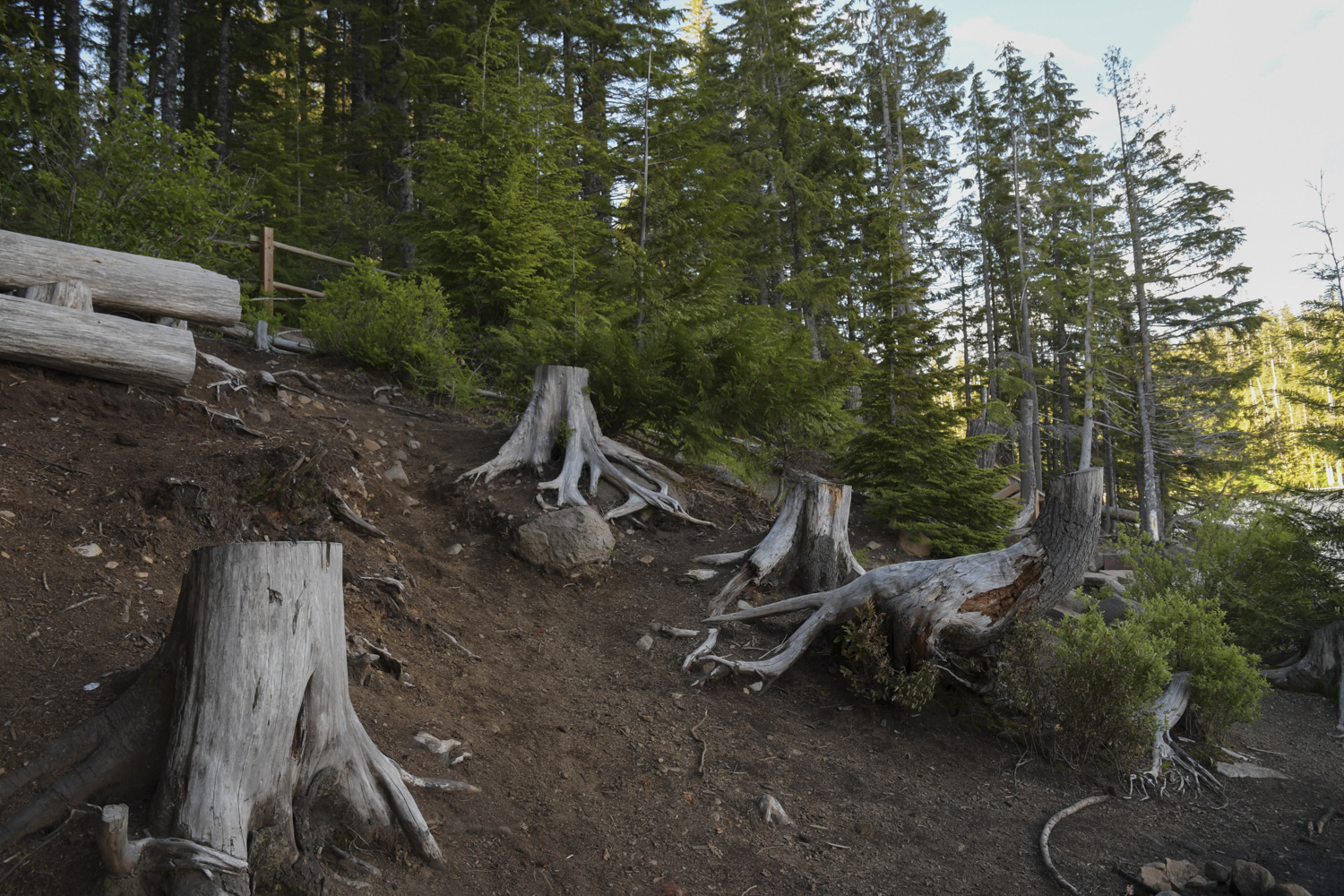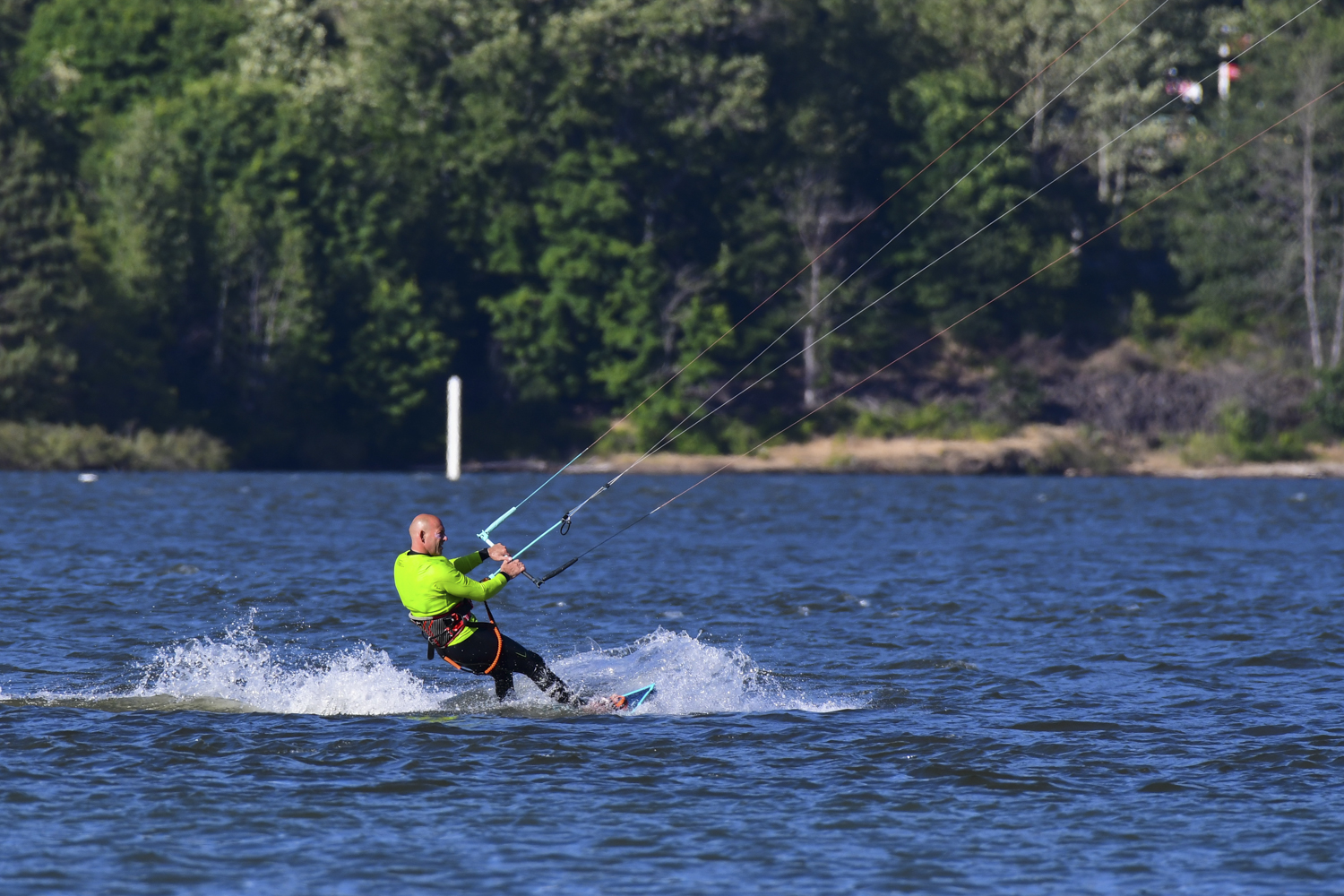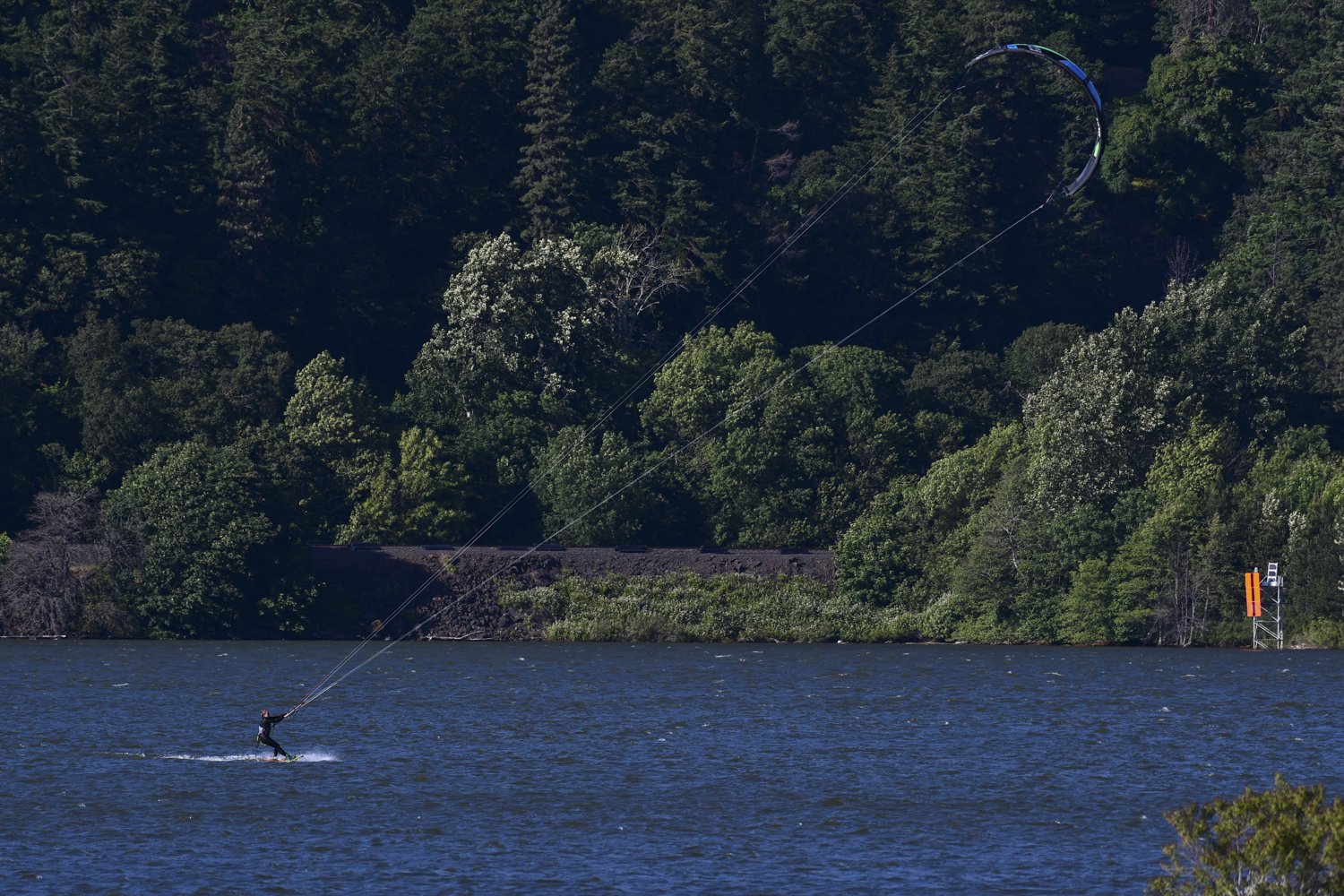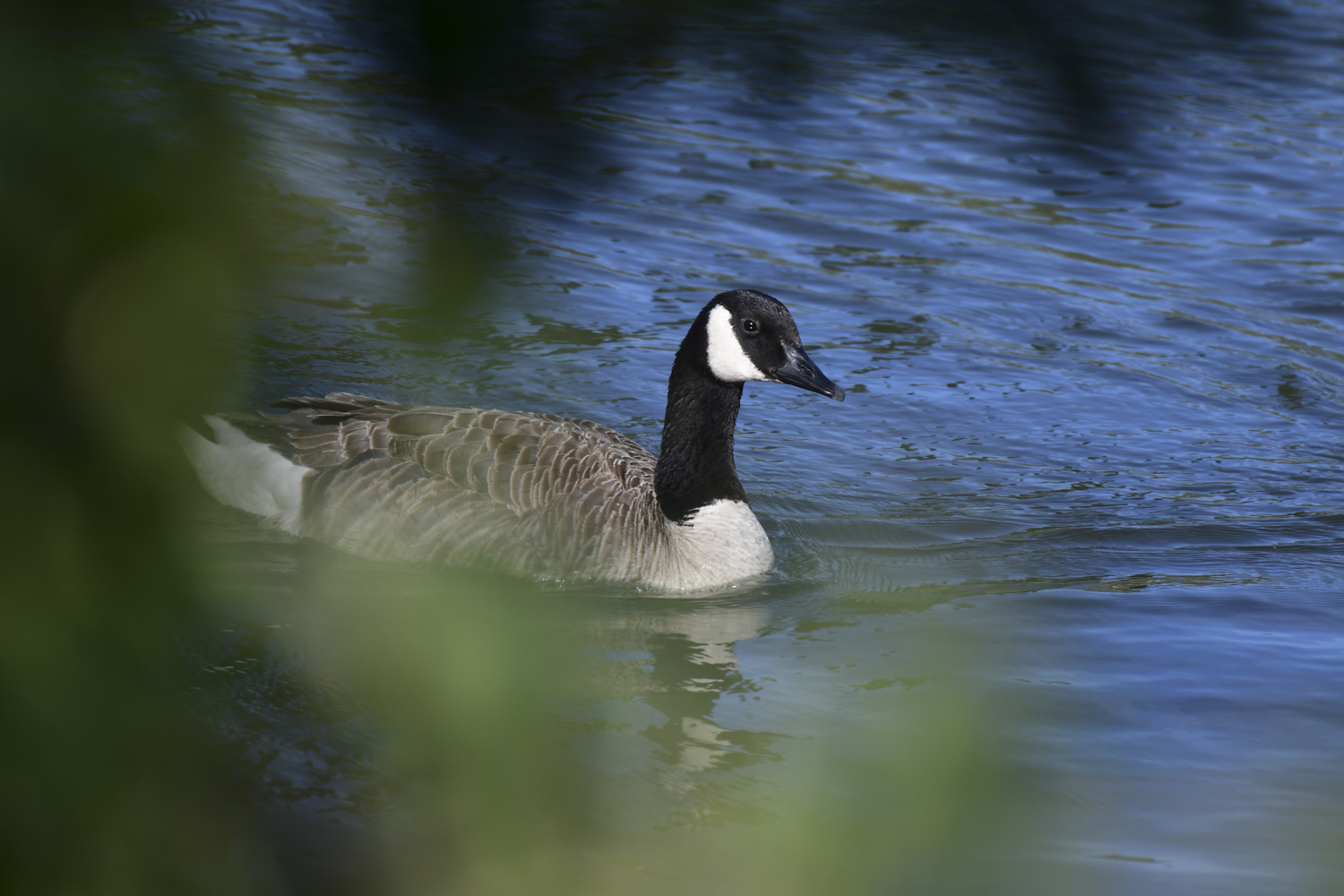- 8 fps continuous shooting
- 3D AF tracking works very well
- Image buffer holds 50 uncompressed RAWs
- Dust- and splash-proof
- 4K video
- Lacks some high-end features of D7200
- 4K video is severely cropped
Today, DSLRs can’t help but feel a bit old school compared to smaller mirrorless cameras, but Nikon’s D7500 strikes an excellent balance between performance and size that helps it feel new, even as it mostly sticks to a tried-and-true formula. The APS-C (or DX, in Nikon parlance) camera inherits key technologies from the $2,000 D500 – our Best Camera of 2016 winner – but costs just $1,250 (body only). As we’ve discovered in our Nikon D7500 review, the camera is also not terribly larger than an entry-level DSLR, yet comes with none of the usual drawbacks of such a camera. It has a true pentaprism viewfinder with 100-percent coverage, dual command dials for better control, and a weather-sealed body.
For these reasons, the D7000-series has always been popular among enthusiast photographers who want professional-level control, without the professional-level price. However, the D7500 makes a few changes that some fans of the series will undoubtedly see as a step backward, as it plays a slightly different role than the cameras that preceded it.
A narrower focus
The neon green wetsuit of a kiteboarder shone like a beacon in the viewfinder. As he pulled hard to launch himself into the air, the “shok-shok-shok” sound of the shutter followed him at eight frames per second (fps). Some 12 exposures would be made before he touched down again on the surface of the river. All of them would be in focus – even the final frame that saw the subject partially occluded by foliage.
Were we shooting a $6,500 Nikon D5, perhaps this wouldn’t have surprised us. But on a $1,250 enthusiast DSLR, we were pretty shocked. While some of its specifications didn’t strike us as being too impressive on paper, the D7500’s real world performance clearly made up for it.
Nikon’s product lineup has shifted in the wake of the D500 – a flagship DX-format DSLR, the likes of which Nikon had not produced since 2009’s D300S – and the D7500 simply doesn’t need to span the same breadth in the lineup as the D7200. It resembles a lower-end camera as a result, in some ways recalling the nine-year-old D90.
What’s interesting here is that Nikon’s lineup today – looking at the D5, D500, and D7500 – is very similar to how it was in 2008, with the D3, D300, and D90. When Nikon stopped building a true flagship DX camera after the D300S, the D90 evolved into the D7000 (and D7100, D7200), taking on higher-end features as it moved into the space left vacant by the D300S.
The D7500 strikes an excellent balance between performance and size.
The D7000-series had to appeal to a broad range of customers, from students and weekend warriors to advanced amateurs and even some pros. During this time, many sports shooters lamented the lack of a true APS-C flagship, and rumors of a mythical “D400” abounded for years.
Now that the D500 has arrived to satisfy the hunger of professional users, Nikon has scaled back the role of the D7000-series, stripping away some professional features from the D7500 in order to differentiate it from its higher-end sibling. It has just a single UHS-I SD card slot compared to the D7200’s two, and it no longer supports the use of a vertical battery grip.
Less importantly, it loses the mechanical aperture tab that allowed previous cameras in the series to work with old AI and AI-S manual focus lenses. Those lenses can still be mounted, but won’t meter with the D7500, forcing users to shoot in full manual mode and rely on the “guess and check” method to get a proper exposure (or go totally old school with a handheld light meter). This undoubtedly affects only a very small portion of users, but it’s still worth noting.
Fortunately, the D7500 maintains the screw drive autofocus motor, so it is still fully compatible with AF-D series lenses.
The inability to use a second memory card and a battery grip are an issue, however. D7100/7200 users who made use of those features will now have to jump up to the more expensive D500 or simply stick with what they’ve got. And of course, if they do move to the D500 (which is a physically larger body) they won’t be able to use their existing battery grip that was compatible with both the D7100 and D7200.
Somewhat surprisingly, those very users are likely the ones who would otherwise benefit most from the D7500’s new features. With the same processor and 20.9-megapixel sensor as the D500, this camera is built for speed. It can shoot continuously at eight fps – two frames faster than the D7200.
Fans of the series will undoubtedly see some changes as a step backwards.
It also has a much larger buffer that can handle up to 50 uncompressed RAW files or virtually unlimited JPEGs at that maximum shooting speed. And while the 51-point autofocus system remains unchanged, it does get the D500’s higher resolution metering sensor, which improves AF tracking.
In short, this is a serious sports camera, and this is the same type of photography that would seem to benefit from a second card slot and the extra power of a battery grip.
The counterargument here, we suppose, is that memory cards are very large today, so using two of them isn’t exactly necessary (unless you want an automatic backup or to split up RAW and JPEG files or stills and videos). Also, the D7500’s roughly 950-shot battery life, while actually a bit less than the D7200, is plenty for most people — and that number is likely to be much higher when shooting continuously, so a battery grip may not be a requirement. Still, there’s no way around the fact that some D7200 users will see the D7500 as a less flexible camera, and that could be a problem.
There is at least one exterior change that we like, however. Like the D500, the D7500 is built on a monocoque body that makes it more compact and just a smidgeon lighter (about an ounce) than the D7200. That new body design makes room for a tilt screen that rests flush with the back panel. It can only tilt up and down, but we like how this keeps things more compact than a side-articulating monitor. It’s also quite bright and sharp, even though it’s lower resolution than the LCD found on the D500.
Unfortunately, the benefits of a tilt screen mainly have to do with live-view shooting, and this is somewhat overshadowed by Nikon’s continued reliance on contrast-detection autofocus. The live-view experience, for both stills and video, therefore falls significantly behind that of the EOS 80D, which uses Canon’s much faster Dual Pixel phase-detection autofocus.
User experience
As with previous cameras in the series, the D7500 feels very good. The slightly narrower monocoque chassis makes for a deeper grip, which is good news for those of us with larger hands. In addition to the tilt screen, Nikon has made one subtle but important change to the camera’s exterior: the ISO button has been relocated from the back of the camera and to the top, where it now resides between the video record and exposure compensation buttons. This makes it much easier to adjust ISO while holding the camera in shooting position with your eye to the viewfinder.
The screen is also touch-sensitive, although this only comes into play during live-view shooting or image playback.
Nikon sent us the 16-80mm f/2.8-4 VR lens with the camera (which is the kit lens in European markets), but we decided to conduct the bulk of our test with something a little more exciting: the 200-500mm f/5.6 VR. With a monopod set up in the wet sand at the edge of a riverbank, we shot kiteboarding at eight fps until we filled a 16GB memory card (which didn’t take long). With the camera set to 3D autofocus tracking, we were very impressed with the D7500’s ability to keep pace with such distant subjects as they moved across the frame. Even at 500mm, our subjects only stood about two focus points tall, so the system constantly had to readjust as they sped over the surface of the water (and, occasionally, into the air).
For sports and action photography, there isn’t anything in this class that can touch it.
While we didn’t get a 100-percent hit rate, the camera performed admirably and easily met our expectations. Many long bursts had zero out-of-focus images, and even when the camera did lose focus, it would find it again within a couple of frames. Autofocus tracking has always been one of Nikon’s strong suits, and that definitely remains the case here with the D7500. (In comparison, the pricier D500 has a much denser, 153-point AF array.)
Shooting in RAW+JPEG, we also never experienced a reduction in shooting speed by apparently staying well below buffer capacity.
There are certainly other reasons why pro sports shooters would opt for a higher-end camera (like the aforementioned dual memory cards or battery grip support), but from a technological perspective, the D7500 is more than capable of holding its own when it comes to capturing action.
For more casual use, the D7500 remains very good; the experience is largely the same as the D7200 and D7100. With the compact 16-80mm lens attached, it’s a versatile camera just small enough to stow away in a daypack.
The weather-sealed body and all-day battery life make it a strong choice for hiking, road trips, and other excursions. This is where having a mirrorless camera makes more sense, but for those who don’t mind the extra heft of a DSLR, the D7500 makes an excellent travel companion for the photography enthusiast.
Image quality is also very good, but we wouldn’t say it’s noticeably better or worse than the D7200 – even the D7100 was already very good, after all. While some users may point to the lower resolution (20.9MP compared to 24MP) as a drawback, the reality is that the real-world difference is minimal at most.
That lower resolution also comes with benefits, not just allowing the D7500 to shoot faster, longer bursts, but also helping push the camera to a maximum ISO of 51,200 – one stop above the D7200. And with ISO expansion, the D7500 can reach all the way to a staggering 1.6 million ISO equivalent. As with the D500, images aren’t what we’d call usable at that setting, but it’s there in case you ever need to prove you saw Bigfoot while spelunking on a moonless night.
4K is just OK
On the video front, the D7500 has received two significant upgrades over the D7200. What many may see as the smaller of the two updates is actually what we find to be the most beneficial: power aperture control. This means that you can (finally!) change the aperture setting in live view, even while recording.
On previous D7000-series cameras, you would have to drop out of live view in order to adjust the aperture, which means there was no way to change it on the fly while shooting video. It was terribly inconvenient, and we’re glad to see that Nikon has finally remedied this issue, which brings the D7500 a bit closer to its Canon peers for video.
The other new feature is, yes, 4K resolution. While this seems like inherently good news, there is a rather large problem with it. As with the D500, the D7500 records 4K from a 1.5x cropped region of the sensor. If this were a full-frame camera, that wouldn’t be so bad. But on an APS-C sensor, that makes the effective frame size even smaller than that of a Micro Four Thirds camera. So while 4K does offer noticeable sharpness improvements over 1080p, it comes with a significant loss of field of view.
This puts the D7500 somewhat behind competing mirrorless cameras like the Sony A6300 (which also has other advanced video features like a log gamma profile) when it comes to video. We can’t fault it too much, though, as its most direct competitor, the Canon EOS 80D, doesn’t offer 4K at all. However, as we’ve already said, Canon’s Dual Pixel autofocus tech is so good that the 80D will offer a much friendlier video shooting experience, which, as of this writing, is likely enough to make up for the lack of 4K resolution for the average user.
On the plus side, we are pleased to see that the D7500 has both a microphone port and headphone jack, as well as clean HDMI output for high-quality external recording. So, it does have some high-end video features – it’s just not quite as refined, as we would have liked.
When all is said and done, this is a still photography camera first, and most users probably won’t be looking at the video features as anything more than the icing on the cake.
Warranty
Nikon provides a one-year limited warranty on all camera bodies.
Our Take
As Nikon’s DX product lineup completes a transition that sees it return a full circle to where it was in 2008, the D7500 finds itself in a slightly awkward position. On one hand, it is the most capable camera the series has ever seen, with significant speed improvements and refined ergonomics. On the other, it is the least versatile camera in the series since the D7000, and that will likely rub some users the wrong way.
If it weren’t for the existence of those more-versatile precursors, however, we would have very few issues with the D7500. Its performance is impressive, and we enjoyed using it across a variety of photographic scenarios. It’s a well-made machine with some class-leading tech inside. For those who covet the more expensive D500, the D7500 offers pros and enthusiasts a nice balance of price and performance. But for fans of the D7000-series, particularly existing D7100 or D7200 users, we suggest looking at shooting needs, as the D7500 isn’t something we would automatically recommend.
Is there a better alternative?
This is a tough one. If you don’t need the extra speed, then the less-expensive D7200, which is still for sale, may prove to be the better camera for you. For sports and action photography, however, there really isn’t anything in this class that can touch the D7500. Canon’s 80D comes close, but at seven fps it can’t quite match the burst rate, and its buffer depth is only about half that of the D7500. Add in Nikon’s excellent 3D AF tracking, and the D7500 is a camera that’s hard to beat – for the right user.
How long will it last?
It has been two years since Nikon launched the D7200, so expect a similar timeframe before a replacement to the D7500 is announced. This is a series typically marked by incremental updates and refinements rather than sweeping changes, and given how relatively dramatic the D7500’s updates are, there likely isn’t a radical redesign in the works.
This camera is also very well made, with a dust and splash-proof body and a shutter tested to 150,000 exposures. It should easily outlive its two-year product cycle.
Should you buy it?
In an answer that everyone hates: it depends. If you were attracted to the D500 for its speed and performance but couldn’t stomach the price, then the D7500 may be just the camera for you. No, it’s not as cutting edge as the D500, but it’s a fantastic value.
If you are a current D7100 or D7200 shooter, the choice is not very clear. For most users, we’d recommend sticking with your current camera, especially if you invested in the battery grip. If you don’t need the extra speed, moving to the D7500 probably doesn’t make a lot of sense, unless 4K video and a tilt screen are enough to entice you to give up an extra card slot and battery grip compatibility.






